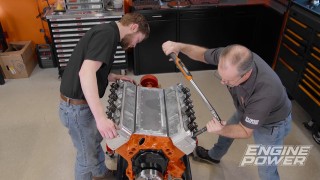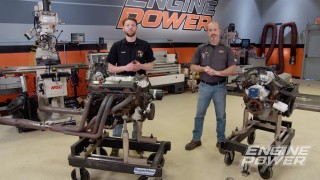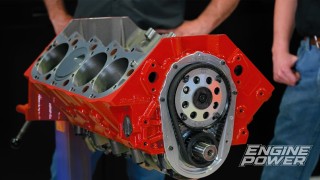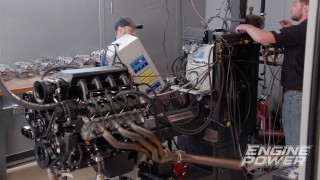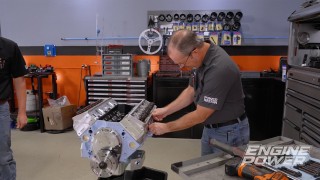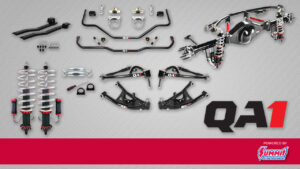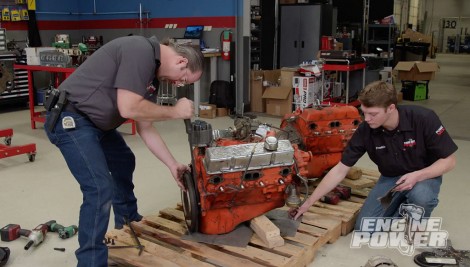
How To Achieve Power Gains Without Taking Apart Your Engine
There are four basic elements that affect an engine’s performance: spark, fuel, air, and lubrication. We’ll show you how to improve each of them WITHOUT cracking open your powerplant.
Season 8
Episode 2


